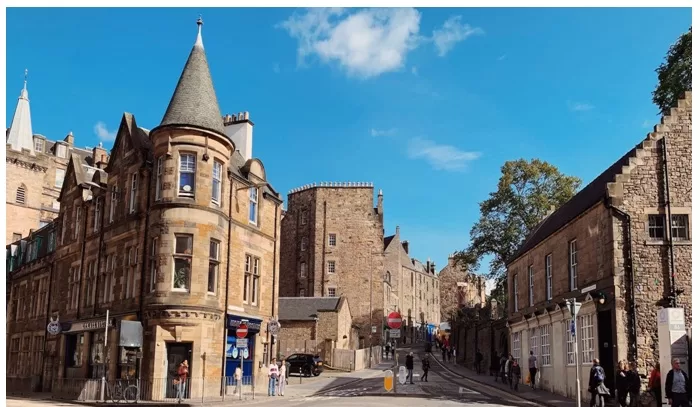Lifestyle
6 Important Health and Safety Best Practices for Companies That Work From Old Buildings

The repair and maintenance of older builds is essential for our long-term health, even if the occupants aren’t directly involved with the construction process. Toxic materials, deteriorating floors, and mismanaged electrical equipment can pose a significant risk to everyone involved.
With that said, companies that operate out of older buildings can protect themselves and their customers by utilizing the following best practices, regardless of where they’re currently located.
1. Follow Your Country’s Historic Building Codes
If you’re found liable for a health and safety violation, the government won’t take ignorance as an excuse. For this reason, you should look up the local, state, and national historic building code regulations to ensure your old property is maintained based on your country’s laws.
For example, historic sites in Spain need to pass periodic inspections every five years. If the owners fail to conduct an inspection, they’ll pay a hefty fine on top of any necessary renovation.
2. Make Sure Electrical Systems Are Safe
A faulty electrical system can cause serious injuries, such as burns, but you’re also putting your building at risk for a devastating fire. Most buildings built before 1984 used aluminum wiring, which is 55 times more flammable than copper wiring due to its high operating temperatures.
If you’re an employee or customer who developed an injury due to a faulty electrical socket, get timely legal advice from a burn injury lawyer. During their investigation, they’ll look for possible warning signs that the electrical system had a fault and if the company inspected the property.
3. Install a Carbon Monoxide Detector On Site
Carbon monoxide is commonly referred to as the “silent killer,” as it’s an odorless, colorless, and tasteless gas that can cause severe illness or kill. Older, poorly maintained properties often have appliances that leak carbon. For example, gas-burning furnaces and gas-powered stoves.
Most energy companies will add a rotten egg smell to carbon gas, so you’ll instantly know if there’s a leak. However, a carbon monoxide detector will notify you the minute a leak occurs.
4. Check for Toxic Asbestos and Lead Paint
Asbestos can be found almost anywhere in an old building because it was previously used as a fire retardant. If asbestos is disturbed, released into the air, and inhaled, it can cause serious lung-related illnesses, such as asbestosis, lung cancer, mesothelioma, and pleural thickening.
Lead paint was another commonly used material in old homes that also poses a hazard when inhaled. You need to remove both materials properly to prevent detrimental health problems. Contact a professional if you need to inspect or safely remove any asbestos and/or lead paint.
5. Take Care of Pests, Rodents, or Birds
Pests, rodents, and birds often carry pathogens, which range from benign to potentially fatal. While bugs and rodents pose a problem for any building, older properties are at a higher risk of infestation because they’re more likely to have cracks, gaps, drafts, large holes, and softwood.
If you have a pest problem, call a local pest control company to help remove any nests, live animals, or parasites. Then, clog up any entry point and cut down on the excess dampness.
6. Ensure the Property is Warm, Cozy, and Dry
Older buildings are prone to penetrating dampness caused by broken roof tiles, faulty door and window joints, and damaged water pipes. Brickwork and render will deteriorate with age, so it’s important to isolate the problem and conduct necessary repairs to prevent a damp problem.
While moisture in the air can make buildings deteriorate faster, you should be more concerned with the presence of mold. Inhaling mold spores can cause rashes, red eyes, sneezing, and asthma attacks. A properly ventilated, dry, and warm space is less likely to have a mold issue.


















































